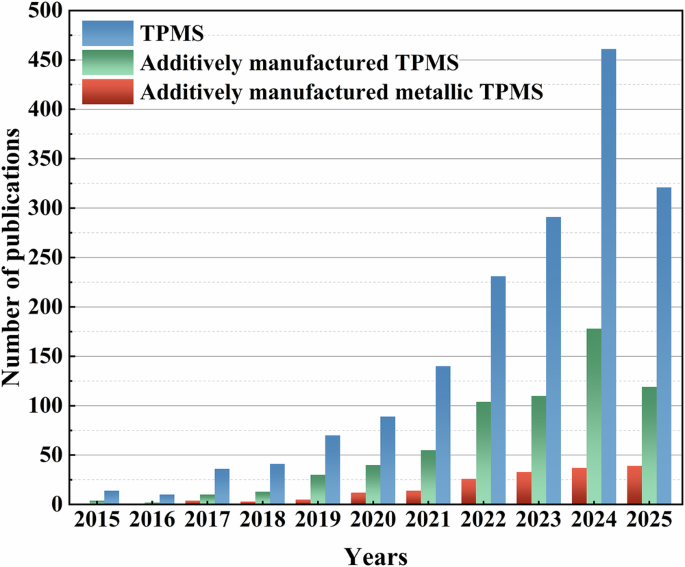Structural designs key for a building’s safety

The primary objective is to ensure these structures can safely carry loads without failure. Structural engineering involves understanding materials, geometry, and forces acting on the structure, including gravity, wind, seismic motions, and human-made forces. Predicting these forces’ interactions is crucial for safety and resilience.
Ajay Gupta, principal consultant and founder Perceptive Ideas Consulting Engineers Pvt. Ltd, elaborates, “As building construction becomes more complex and infrastructure demands grow rapidly, structural engineering’s role is becoming more critical in this changing scenario. It focuses on construction and design activities for developing structures that can ensure safety and resilience.”
When design meets stability
A well-engineered structure protects lives during normal days and extreme events like natural calamities. Consider, for instance, the tragic consequences of poorly designed buildings during earthquakes or floods. When structural systems fail, lives are lost. Structural engineers must anticipate these risks through design codes, choosing appropriate materials, and considering scientific principles to build structures that can absorb, resist, and recover from extreme conditions.
Life-safety-focused structural design in seismic zones such as Delhi NCR thus has a higher degree of importance. An engineer has to make use of an earthquake-resistant feature within their design, such as ductile detailing, a base isolation system, or load paths that behave predictably during seismic action. These designs would make the building provided with stability for at least some time during which the occupants would evacuate safely, thereby substantially limiting deaths and injuries.
Evolving role of structural engineers
Structural design becomes yet more important for fire safety purposes. By specifying fire-resistant materials and designing for compartments, escape routes, and load redistribution under fire-induced damage, structural engineers create buildings that allow precious minutes for evacuation and fire-fighting. They work together with architects, construction firms, and other professionals to develop structural designs that are both functional and aesthetically pleasing.
The process depends on the project’s complexity, including planning, site assessment, load analysis, material selection, preliminary design, structural analysis, detailed design, construction phase, and post-construction evaluation. In addition, every structural drawing carries a responsibility that each beam, column, or slab directly influences the safety of those who will live, work, or travel through that structure. There’s a strong ethical dimension to structural design and the role of the structural engineer, therefore, goes beyond numbers and calculations. It extends into the domain of moral duty and public trust.
Technology behind the changing trajectory
The new technology is strengthening an evolving engineering branch. BIM, finite element analysis, and simulation software could have engineers visualize, test, and optimize designs before a single brick is laid. BIM allows a multidisciplinary approach in structural design whereby very complex structures can be created and their responses to loads and forces simulated in real time, so accurate and sometimes efficient structural analyses may be carried out, thus sometimes enhancing the efficiency of the design processes. Moreover, these tools will ensure that possible modes of failure are considered during the design rather than being identified as an afterthought.
In fact, structural designs ensure longevity of a building. High-efficiency buildings are about intelligent, holistic design that respects nature and works with it.
Building materials also play a key role in ensuring safety of the building.
Elaborating further, T Chandra Sekhar, director technical, Aparna Enterprises Ltd (AEL), says, “As cities across the globe continue their rapid expansion, they face increasing pressure from a confluence of challenges: natural disasters, the effects of climate change, and relentless urbanisation. Events like earthquakes, floods, fires, and extreme weather are no longer anomalies but recurring threats, necessitating a fundamental re-evaluation of urban design and construction methods. To navigate these escalating risks, the construction industry is pivoting towards advanced building materials, engineered not merely for durability but to offer robust, long-lasting protection to communities. These advanced materials are vital in sculpting urban environments capable of withstanding the growing impacts of natural disasters. Solutions such as earthquake-resistant systems, flood-resistant materials, and fire-retardant solutions are enhancing the resilience of both buildings and broader infrastructure.”
This shift ensures that cities are constructed with a view not just for the present, but for the future, embodying sustainability, and enduring protection. The industry’s evolution underscores that investing in high-performance materials that adhere to global standards is paramount for safeguarding urban settings. The increasing frequency and intensity of natural disasters demand the adoption of building materials that are not only safe but also sustainable. Advanced building materials have become indispensable in ensuring that urban areas remain resilient when confronted by extreme environmental conditions. These materials are specifically engineered to provide protection, enhance longevity, and promote environmental efficiency, thereby creating safer spaces for inhabitants while simultaneously mitigating the environmental footprint.
Beyond seismic and flood resilience, fire safety is of paramount importance in building construction. Materials such as fire-rated glass, intumescent coatings, and fire-resistant insulation offer crucial protection during fires, effectively slowing the spread of flames and allowing sufficient time for evacuation.
Tejas Chavan, director, of a real estate group, says, “These structures optimize natural light, ventilation, and temperature control, often integrating renewable energy, water conservation systems, and native landscaping. We believe sustainability must go beyond compliance; it should be intuitive and sensory. Our buildings are designed to engage all five senses while minimising ecological impact. While the upfront investment in sustainable construction may be slightly higher than conventional buildings, the long-term savings both economic and environmental are significant. Efficient energy use, lower maintenance costs, and healthier indoor environments make them a far more responsible and rewarding choice in the long run. Nature has always taken care of us; it’s time we built in a way that takes care of her too.”
Sahil Verma, COO of another real estate group, says, “There has been a major shift in the real estate market these days, earlier buyers used to focus on size and aesthetics whereas now the focus is on performance. Both buyers and investors are increasingly interested in how well a home performs. This has led to a significant rise in the number of high-performance homes, they are designed to be energy efficient, improve AQI, sustainable use of resources, and provide comfort without excessive inorganic or artificial intervention. These homes centre on four essential elements: energy efficiency, air quality, water management and wind management. High performance homes provide sustainability at lower operational costs and expecting a higher demand in the future and enhanced longevity. NRIs and HNIs are now usually prioritizing how homes perform under challenging weather conditions.”
Indeed, the definition of value in real estate is changing, it now values long term liveability and resource intelligence instead of luxury, size, or the location. High performance homes are not just a trend but the future of real estate.
Hence, structural design is much more than just a technical process; it is a life-saving act. It forms the axis of safe living environments and is a strong pillar of general society. The world may never know about structural engineers’ significant contributions to renowned structures, but it is through their diligence, foresight, and commitment to safety that millions can walk without fear to their homes and their places of work each day. As urbanization and climate-related risks continue to surge, the importance of life safety in structural design has never been greater. It must remain central to how we build the future.
link






